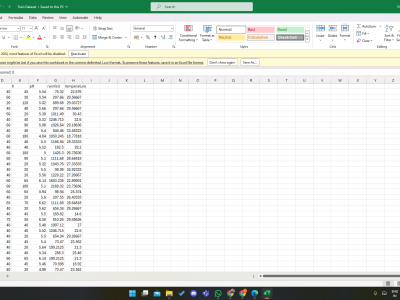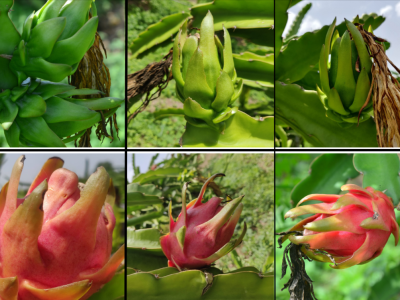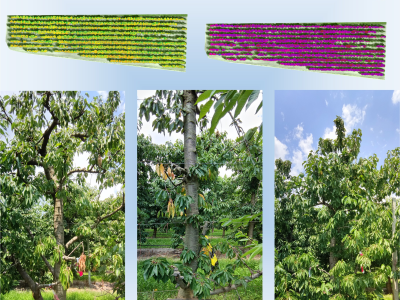An Image Dataset for Analyzing Tea Picking Behavior in Tea Plantations

- Citation Author(s):
-
Ye Zheng (Nanjing Agricultural University)Renjie Tian (Nanjing Agricultural University)
- Submitted by:
- Ru Han
- Last updated:
- DOI:
- 10.21227/dnkh-8e73
 349 views
349 views
- Categories:
- Keywords:
Abstract
Tea is a significant economic product in our country, and tea plantation harvesting constitutes an essential agricultural activity. The tea plantation picking work is gradually moving towards intelligence and mechanization. As an active research field, artificial intelligence recognition technology is expected to identify the large-scale tea plantation picking work that is being promoted under the current situation, as well as the identification of tea plantation picking behavior. This series of work is inseparable from the construction of datasets, but there is still a large gap in the current tea plantation picking data. The different behaviors and tools of picking personnel in the tea plantation picking scene have not been well distinguished and identified. Based on this blank area, this work establishes a dataset from online video slices of tea plantation scenes. The dataset consists of 12,195 sliced picking images featuring five different types of behaviors( list as: 1) pick; 2) pick(machinery); 3) walk; 4) talk; 5) stand) under five distinct environmental conditions: 1) sunny; 2) overcast; 3) cloudy; 4) foggy; 5) rainy. All labels for the dataset are provided in COCO format for public use.
Instructions:
Spanning videos from 2014 to 2024, the dataset consists of 12,195 sliced picking images featuring five different types of behaviors, under five distinct environmental conditions, and involving two different tools. All labels for the dataset are provided in COCO format for public use. The tea picking behavior recognition dataset constructed in this work has a total of seven categories of labels: 1) picking; 2) picking (machine); 3) walking; 4) standing; 5) talking; 6) storage tools; 7) picking tools. Considering that some original images do not contain any of the aforementioned categories during the image slicing process, such images may affect the final judgment. Therefore, while ensuring the continuity of the video as much as possible, we deleted some error-prone image frames and sorted the annotated images to serve as the raw data for the dataset.









g
.